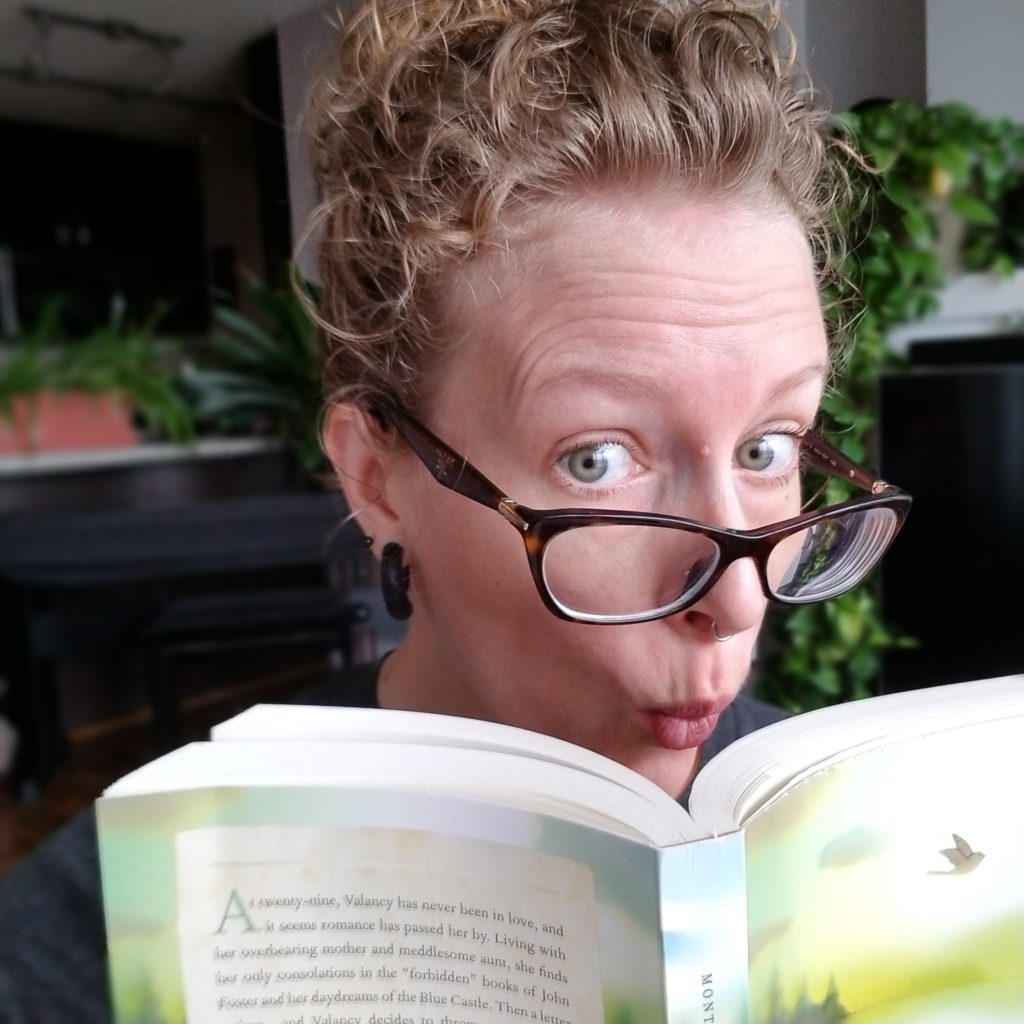
Dear Lisa,
I recently submitted a horror story, or at least I thought I did. It was rejected, and the feedback was that my story didn’t quite fit the genre. I’ll admit, I’m new to horror, but the story is about a vampire. What could be more horror than that?
Feeling horr-ible,
Greta
Hi Greta,
As defeating as rejection feels, I’ve got some good news. The magazine has given you two pieces of important information: one, that this magazine isn’t a fit for this version of your story, and two, how you can tailor it to fit if you want to resubmit.
It sounds like you’ve stumbled upon a magazine that isn’t looking for horror stories; they’re looking for horror stories. Most magazines oriented toward particular genres do so because their readership is devoted to the genre. Seasoned horror readers want stories that don’t just scare but force the reader to confront the fears entangled in the foundational aspects of human nature we take for granted: morality, good versus evil, pure versus impure, attraction versus disgust, worthy versus worthless, etc. They want a fully fleshed out version of fear. They want a story that destabilizes what they take for granted and makes them doubt the reality they’ve created. After all, true terror is that which haunts the reader long after the story is over!
So, you can see how you can have a story about a classic monster, like a vampire, that scares the reader but doesn’t touch the multidimensional fear that horror readers are looking for.
So, you’ve got a couple of options. You can take your story from horror to horror (I think the best way is to get into horror):
- Start with the Horror Fiction Wikipedia article for a general overview.
- Take a look at Story Grid’s Horror genre conventions to get a sense of horror from an editor’s perspective. Does your story address all of the elements? (For those writing other genres, I have links to all the Story Grid genre conventions here.)
- Read the magazine’s last couple of issues, both for fun, and with a critical eye for what you’ve learned from the above resources. How does your story compare?
- Check out the Horror Writers Association for tips on writing horror.
- For bonus marks, read Bram Stoker’s Dracula, and then a more modern view of the vampire, like Anne Rice’s books. These will give you a sense of where the vampire comes from and what it has symbolized over the centuries.
- Read some classic and modern short horror stories to get a sense of how the short story’s contribution to horror differs from the long form. Here is a list of my faves: “The Yellow Wallpaper” by Charlotte Perkins Gilman, “The Lottery” by Shirley Jackson, “Skin” by Roald Dahl, and “Eating Bitterness” by Hannah Yang
Or, if you like your story just as it is, you can look for a home that fits it. Not every horror magazine will have the same criteria for their stories, so take a look around to see if any are publishing stories with the same tone, mood, and voice as yours. You can also try scary story and speculative fiction magazines, or magazines with open calls.
And if of course, if you’re stuck, I’m always here.




